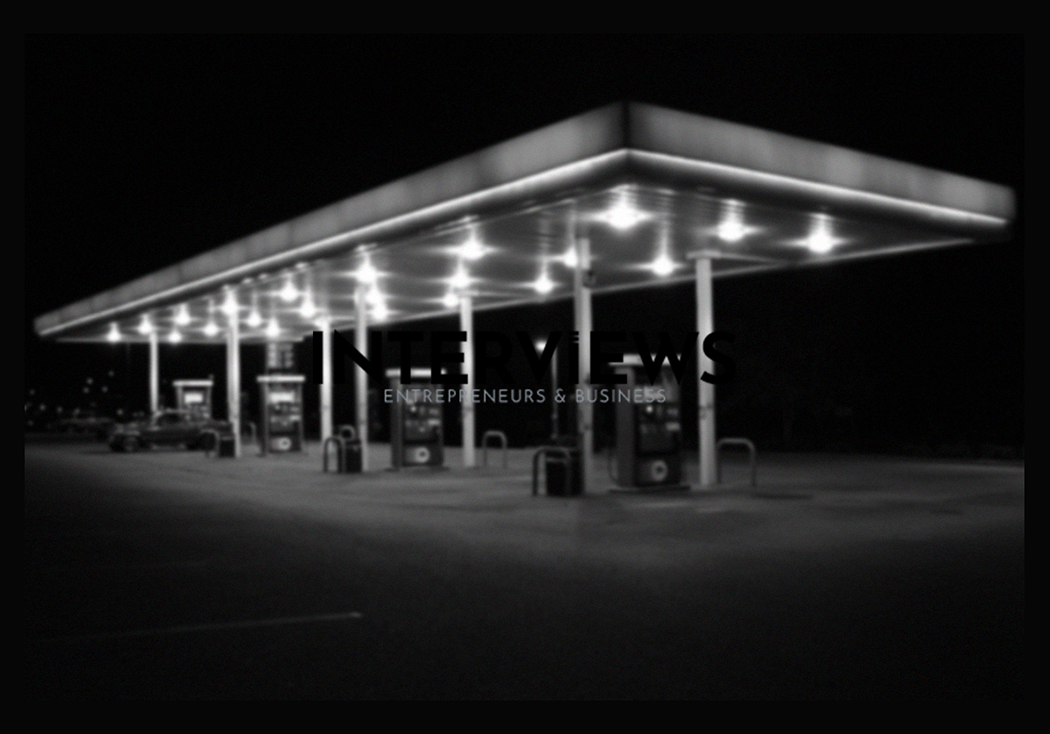So, You Wanna Pump Gas and Make Cash? Buckle Up for the Real Costs of Opening a Gas Station
Thinking about joining the gas station world? Wait a moment. Before you dream of collecting fuel-scented cash, let’s discuss real costs. Spoiler: it isn’t just a quick stop in the park.
The Mammoth Math of Startup Costs: Prepare Your Wallet
How much to start a gas station? If you think it’s $250,000, think again. Launching a gas station can cost you anywhere from $250,000 to $2,000,000. Yes, that’s correct – two million dollars. Opening one isn’t just filling a tank; it’s like sending a rocket to the moon. Upmetrics has eye-opening figures on this.
Why the big cost differences? Location is crucial! Are you starting an independent station or a franchise? These choices will change the numbers.
Let’s examine where your cash will go:
- Land Grab: Buying land ranges from $50,000 to over $1 million, depending on city corner or roadside.
- Building from Scratch vs. Reno: New digs cost $1 million to $2 million. Buying an old station may seem cheaper, but renovations add up.
- Pumps and Tanks Ain’t Cheap: Each gas pump costs $16,000 to $21,000. A 12,000-gallon fiberglass tank costs $25,000 to $30,000. Each pump’s installation? Add $2,500 to $3,000, according to Gas Station Equipment FAQs.
- Canopy Coverage: Customers need shade. It costs $30 to $45 per square foot, as APEC Group notes.
- Convenience is King (and Costly): Stocking your store and car wash equipment adds to costs.
- Working Capital is Crucial: Set aside $200,000 to $500,000 to keep operations running while you gain customers.
In short, expect to invest significantly. We’re looking at $250,000 to $2 million or even $10 million in busy areas.
Profitability: It’s Not Always About the Fuel, Folks
You’ve absorbed the startup cost. So, can you make money in this gas game? Yes, but here’s the catch: fuel isn’t your main profit source. Think of gasoline as a loss leader.
Profit margins on fuel are slim, usually around 3-7 cents per gallon. Think about selling 4,000 gallons and earning just $120 to $280 from it. Ouch.
So, where’s the real cash hiding? In the convenience store! Snacks, drinks, cigarettes, lottery tickets—these drive profit. Store profits are where the money flows in.
Other Profit Boosters:
- Car washes: A great revenue boost.
- ATMs: Offer convenience at a fee.
- Lottery ticket commissions: Earn a share from every ticket.
Gas stations generally see low profit margins, often under 2%. Gross profit margins are better, averaging 18%. A small to medium-sized station may net $70,000 to $100,000 yearly. Larger stations can generate over $500,000.
Location matters for income too. Northeast stations average around $69,000 yearly, while Western ones hit closer to $60,000. Midwest and Southern stations fall in between. Remember, these are just averages; your results will differ.
Steps to Fuel Your Gas Station Dream: A Roadmap
Ready to dive in? Here’s a plan to rev up your gas station:
- Craft a Killer Business Plan: This is your success map. Outline your costs, revenue projections, marketing ideas, and more. No business plan, no business, got it?
- Location, Location, Still Location: Scout for the best spot. Choose high traffic zones with visibility and low competition.
- Register Your Business: Make it official. Pick a business structure (LLC, S-corp, etc.) and register with authorities.
- Secure Funding: Unless you’re rich already, get a loan or investors. Your business plan is key here.
- Find a Fuel Supplier: Negotiate contracts with reliable distributors.
- Stock Your Store: Partner up for food, drinks, and store items. Bottled drinks can be surprisingly profitable!
- Insurance is Non-Negotiable: Safeguard your business with comprehensive insurance.
- Permits and Licenses Galore: Get ready for paperwork. We’ll cover that next.
- Market Yourself: Announce your opening!
NerdWallet also offers a guide on opening a gas station.
Permits and Licenses: The Red Tape Gauntlet
Prepare for the bureaucratic dance of permits and licenses. You must obtain various approvals to legally sell gas and snacks.
Expect to get:
- General Business License: A basic license for operation in your area.
- Fuel Distribution and Storage License: Key for handling fuel, needing fire department approval and strict adherence to regulations.
- Environmental Permits: Compliance is crucial due to hazardous materials.
- Health Department Approvals: Necessary if you sell food.
- Employer Identification Number (EIN): Vital if hiring employees.
- Certificate of Occupancy: Confirms your building is safe for operation.
- “Doing Business As” (DBA) Permit: For operating under a different name.
- Lottery License: Required for selling lottery tickets.
- Building Permits: Needed for construction or renovations.
- Liquor License: Essential for selling alcohol (if allowed).
Franchising vs. Going Rogue: The Choice is Yours
You have two paths in gas station ownership: franchise or independent. Franchising provides brand recognition and systems but comes with fees and less control.
For example, a BP Connect franchise can need $2.27 million to $6.67 million in investment with a franchise fee of $30,000. You’ll need $700,000 to $1 million in liquid capital just to start. Franchise costs vary with brand and location.
Going independent gives you more freedom but means building your brand from scratch. The best route depends on your risk capacity, available capital, and desire for control.
Location and Land: Size Matters (and So Does Spot)
Land size matters too. Industry standards suggest at least 10,000 square feet (a quarter of an acre). Regulations may require even bigger minimums, like 500 square meters with 25 meters of frontage. Prime spots can cost more.
Operations: Beyond the Pump Handle
Running a successful gas station is more than swipe cards. To thrive, consider these operational tips:
- Diversify Revenue: Offer more than gas. Maximize convenience store variety.
- Customer Service is King: Polite staff and clean areas matter.
- Hire and Keep Good People: Good staff are vital for smooth operations.
- Cleanliness Counts: No one fuels at dirty stations. Keep it clean.
- Reliable Fuel Supply: Lock in a solid supplier to prevent shortages.
- Consider EV Chargers: Add electric vehicle chargers for future growth.
- Consistent Hours: Maintain regular business hours.
- Competitive Pricing: Always check local gas prices.
Other Fuel for Thought
Your fuel pump lasts at least 100,000 miles. In the US convenience store world, South Asians own many stores.
Opening a gas station is a long journey. It requires lots of money, careful planning, and focuses beyond fuel sales. With the right approach and effort, you may find profits pouring in along with petrol.





